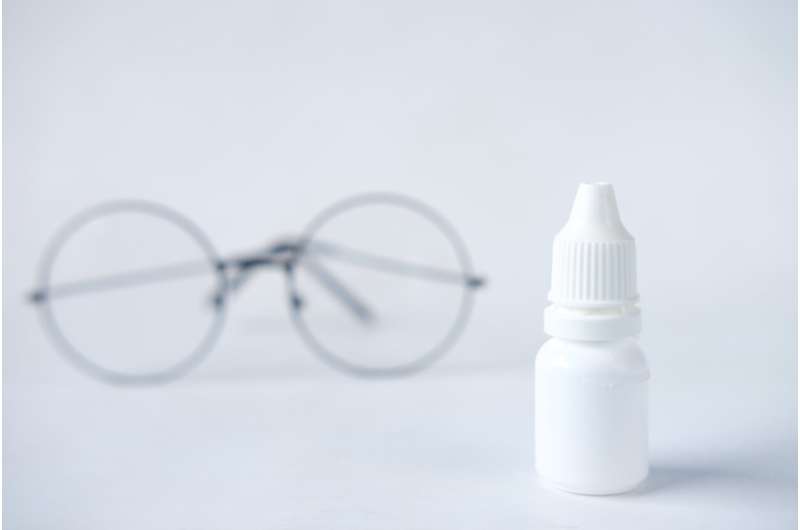Pilocarpine Eye Drops After Goniotomy Surgery May Lower Long-Term Glaucoma Medication Usage

Recent research from the University of Colorado School of Medicine suggests that the use of pilocarpine eye drops following Kahook Dual Blade (KDB) goniotomy surgery can significantly enhance treatment outcomes for patients with glaucoma. The study, published in Current Eye Research, analyzed 532 goniotomy procedures performed between 2015 and 2020, comparing those who used pilocarpine drops postoperatively to those who did not.
The findings revealed that patients who received pilocarpine drops experienced higher success rates at one month, three months, and one year after surgery. Specifically, they maintained lower intraocular pressure (IOP) levels and required fewer glaucoma medications long-term. The surgical success was defined as an IOP below 21 mmHg with over 20% reduction or a decrease in medication use.
Goniotomy is a minimally invasive procedure that improves fluid drainage in the eye by opening the trabecular meshwork, thereby reducing IOP. The Kahook Dual Blade technique, developed over a decade ago at CU Anschutz, involves precise incisions to facilitate outflow.
Pilocarpine, traditionally used to lower eye pressure, also causes pupil constriction and tension relief in the drainage pathways, which may help keep these pathways open during healing. Patients in the study typically used pilocarpine for about a month post-surgery, leading to fewer required medications afterward.
The study’s implications are particularly relevant, as managing glaucoma is a lifelong challenge due to the disease’s progressive nature and absence of a cure. The evidence suggests that incorporating pilocarpine drops into postoperative care could enhance surgical success, reducing reliance on medications and improving patient outcomes.
However, it’s important to note that pilocarpine can cause side effects such as headaches, blurred vision, and increased risk of retinal detachment. Some patients may not tolerate the drops well, but this research encourages ophthalmologists to reconsider their use and discuss them with suitable patients.
As Dr. Julia Xia emphasizes, this study provides valuable evidence for guiding postoperative strategies, potentially extending the benefits of goniotomy surgery beyond the initial recovery phase. While more research is needed, these findings highlight a promising approach to more effectively managing glaucoma in the long term.
Stay Updated with Mia's Feed
Get the latest health & wellness insights delivered straight to your inbox.
Related Articles
Innovative Test Accurately Detects Brain Cancers Using Cerebrospinal Fluid
A novel multi-analyte test developed by Johns Hopkins researchers can accurately diagnose brain cancers from cerebrospinal fluid, offering a less invasive and highly reliable diagnostic tool.
Bone Structure Insights Guide Optimal Screw Placement in Fractures
Innovative research reveals how detailed bone structure analysis can predict the ideal screw placement in fracture treatment, improving stability and reducing complication risks.
Living Near Polluted Oceans with Microplastics May Heighten Risk of Heart and Metabolic Diseases
Living near microplastic-polluted oceans may significantly raise the risk of heart and metabolic diseases. A new study links high microplastic levels in coastal waters to increased rates of diabetes, heart disease, and stroke among residents.
The True Cost of Dementia: Unpaid Care Falling on Family and Friends Reaches $224 Billion
Family and friends provide unpaid care for dementia patients, totaling an estimated $224 billion annually in the U.S., revealing substantial regional disparities and highlighting the need for better caregiver support.



